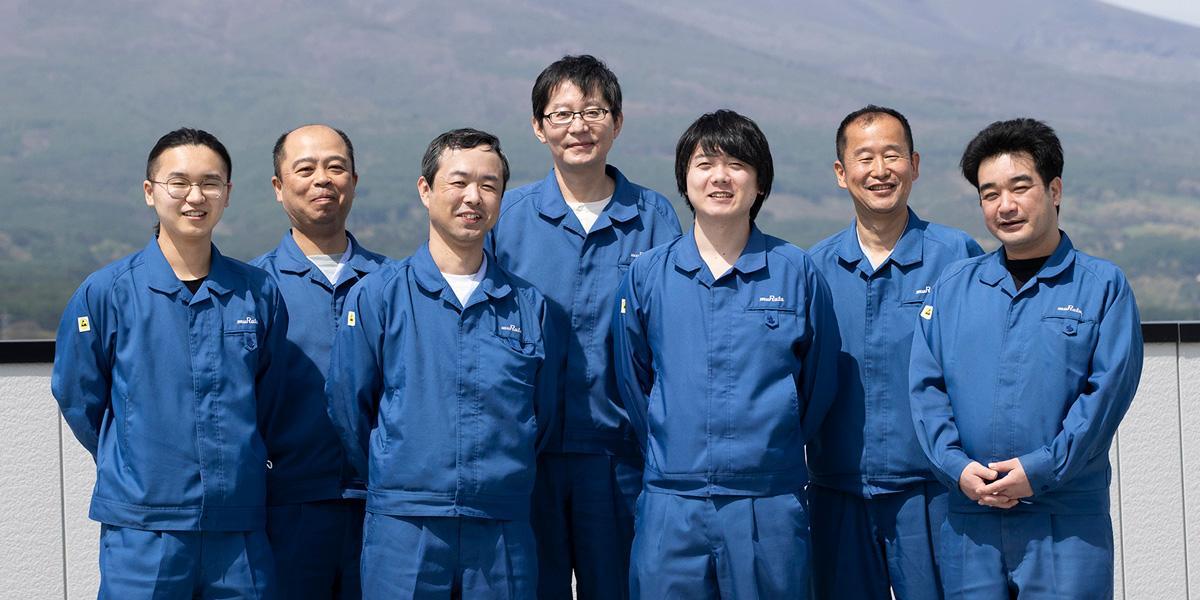Smart Factory Case Study
What Is the First Step to Converting a Regular Factory into a Smart Factory? Komoro Murata Manufacturing (Part 2)
INDEX
3. Importance of speaking from the same perspective as the manufacturing site
4. Start with what can be done and then build from there together with the manufacturing site
5. Awareness of improvement cannot be produced without a sense of the issues
3. Importance of speaking from the same perspective as the manufacturing site
Iijima says that the energy management system (EMS) built in 2018 had a greater effect than simply reducing power.
Iijima: "Various realizations were produced by advancing quantification from visualization: 'It may be better if we do it like this.' 'Can we apply this to something else?' This produced an awareness to make improvements among the employees involved in the system. In line with that, we introduced a system capable of predictive maintenance using the EMS sensors and visualizing the equipment operating situation on a centralized basis."
Tsukada: "The mechanism is one in which we equip Murata's sensors to vacuum pumps, exhaust ducts, motors and other parts. It analyzes the deterioration situation from the vacuum pressure and pressure levels and elapsed time. We are informed of that by e-mail and then utilize it in predictive maintenance."
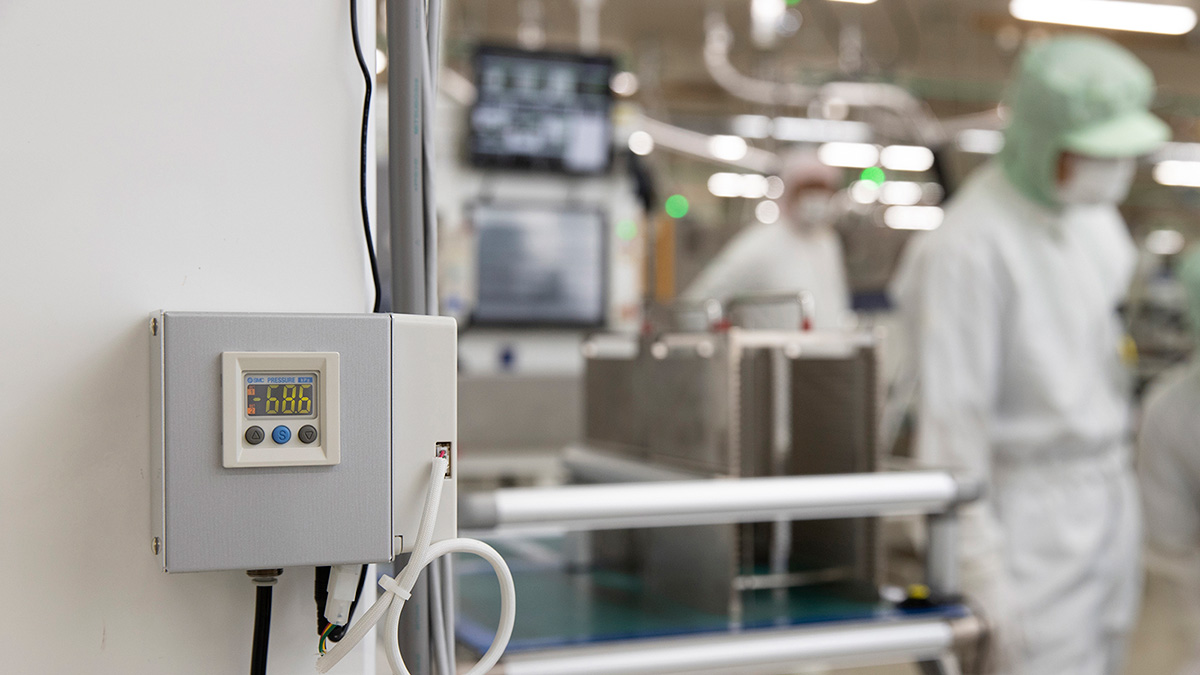
Okano: "This is not only for predictive maintenance, it is also being utilized to monitor equipment factors that affect quality and to use consumable parts without waste from start to end. We connected each system such as the EMS and equipment operating situation monitoring system with BI for the equipment operating situation. That allowed us to centrally visualize the number of units operating, the operating rate and the production volume. We utilize that data in sharing and prioritizing issues for example by informing the members involved of that via e-mail."

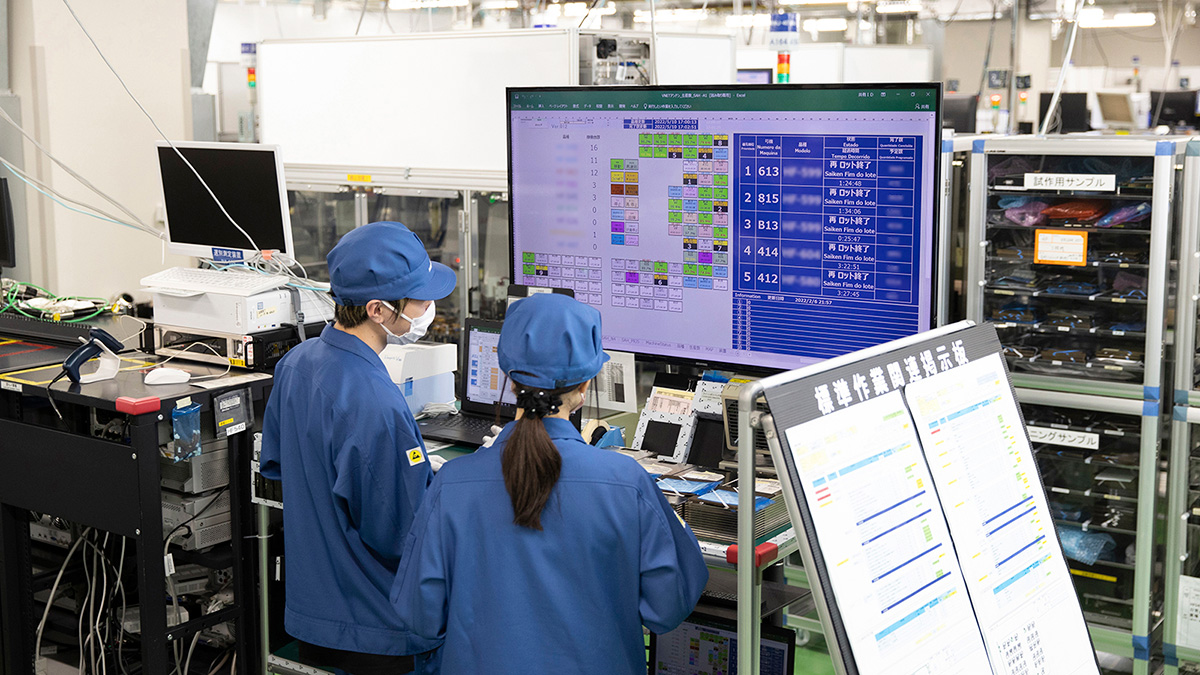
We launched the DX Team to be in charge of converting the entire factory into a smart factory in 2019. We did that based on the accelerating trend for the conversion to smart factories with predictive maintenance and visualization of the equipment operating situation. It is thereby possible to decipher clues to building a structure that promotes the conversion into smart factories.
Tsukada: "We gathered together members who had individually worked on our conversion into a smart factory and organized them in the Production Engineering Section as one team. The key is positioning of the DX Team in the Maintenance Team. The members in the team are familiar with the equipment, and have experience and skills from being involved in equipment repair and maintenance. That is why we can foresee how best to build systems suitable for the equipment and why we can talk with the same perspective as manufacturing site staff."
Even if you organize a team that plays the role in leading the conversion into a smart factory, the project will not proceed smoothly if there is deviation from understanding with those in the manufacturing site. Organizing a team with staff that shares a manufacturing site level of knowledge and issues is the key to converting a regular factory into a smart factory.
Iijima: "Nonetheless, demands from the manufacturing site have only increased over the past year or two. We were fumbling around for about the first five years, and in that state, even though we introduced systems, they sometimes weren't used in the manufacturing site. Nowadays, we have requests to introduce systems from a wide range of departments. However, it has definitely not been an easy journey."
4. Start with what can be done and then build from there together with the manufacturing site
So, what is important to promote the conversion of a regular factory into a smart factory in tandem with the manufacturing site? Kazuyuki Kawakami, Masaya Yamaura and Ryuna Kono, who serve as engineers in the DX Team, and Takahisa Sakaguchi, who is responsible for the equipment operating situation monitoring system architecture, have the following to say.
Kawakami: "I am mainly responsible for system architecture in the DX Team. Meanwhile, Kono and Yamaura are responsible for plans to improve back-office operations. We have set up a flexible structure in which roles change with each project. We sometimes use an external solution and we sometimes personally develop a system from scratch."

Yamaura: "In the past, since manufacturing site staff produced few ideas, we proactively encouraged them to give us ideas. For example, we have them use a system first because it is fine if it is a prototype. We then collect the realizations and opinions of manufacturing site staff from there and put them to use in making improvements. We do not aim to build a system that would achieve a perfect 100-point score from the beginning; it is OK even it would only score 10 or 30 points. Accordingly, we first get them to test it. We value starting with what can be done and then building up from there together with the manufacturing site."

Kawakami: "Even though we sometimes fail when building a system, it will definitely be useful in the future. That is because the accumulation of experience is effective when building a new system: 'Let's try once more to do what we tried before.' 'Let's use our reflections from the previous time here.' Looking at it from the reverse perspective, I think it is important to have an environment in which it is possible to take on any kind of challenge without fear of failure."
Sakaguchi: "When we launch some kind of equipment or system, opinions emerge naturally from manufacturing site staff. We share those opinions with the Engineer Team and proceed while discussing them. This allows us to share issues. The manufacturing site staff are also pleased if their ideas produce an improvement effect. If we hear voices of gratitude, it also increases our motivation. I also think it is very important that both sides feel useful in the manufacturing site."
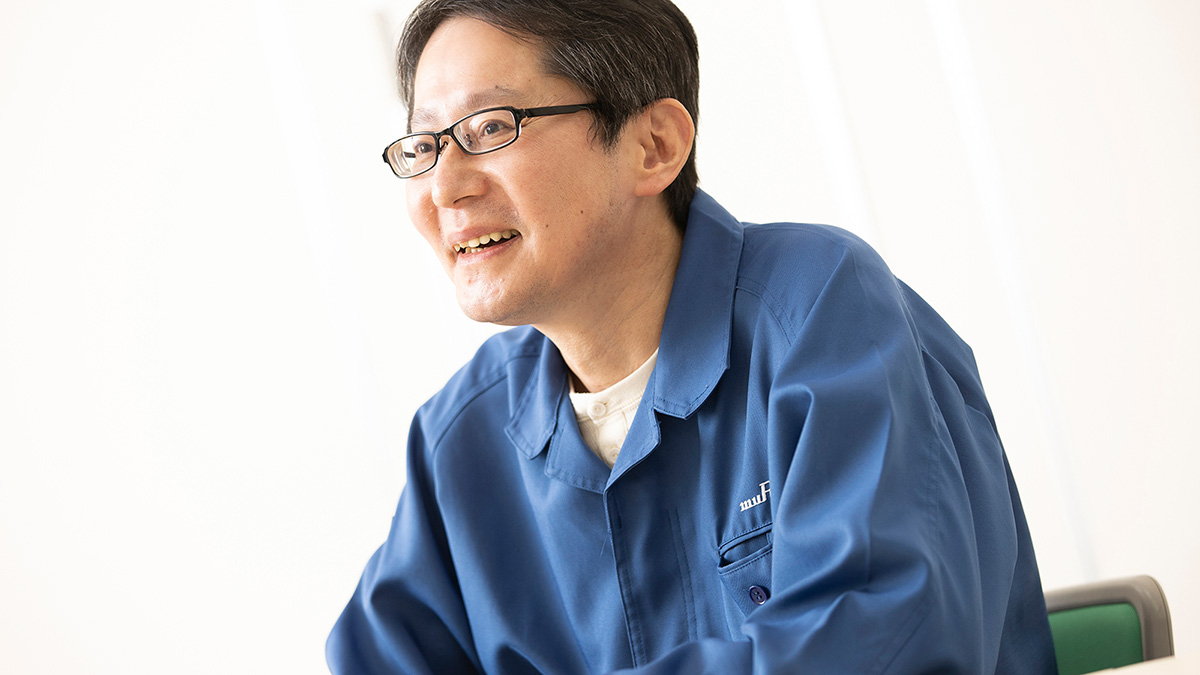
Kono: "I also realize the importance of disseminating the activities of the DX Team. That is because, when we first launched the DX Team, its very existence was not recognized. There were also times when that led to opportunities being lost. We set up an inquiries section on the in-house portal site based on that, allowing us to introduce activity examples and achievements of the DX Team. We also establish opportunities to present our initiatives in subcommittee meetings and other situations."
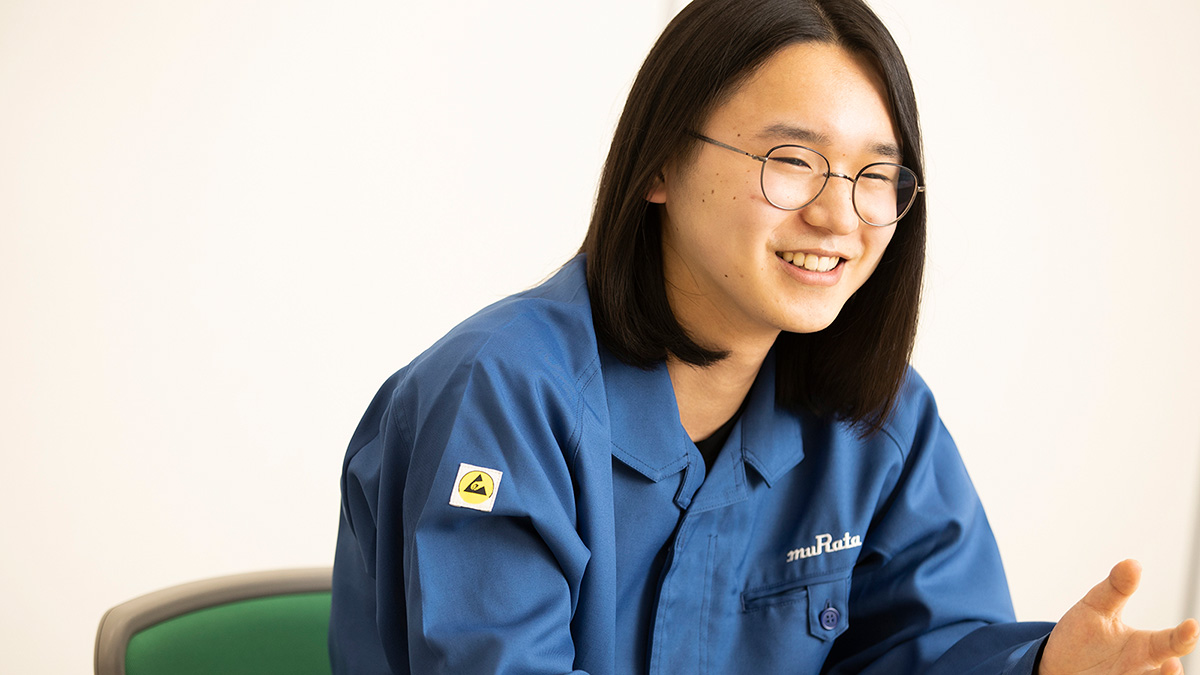

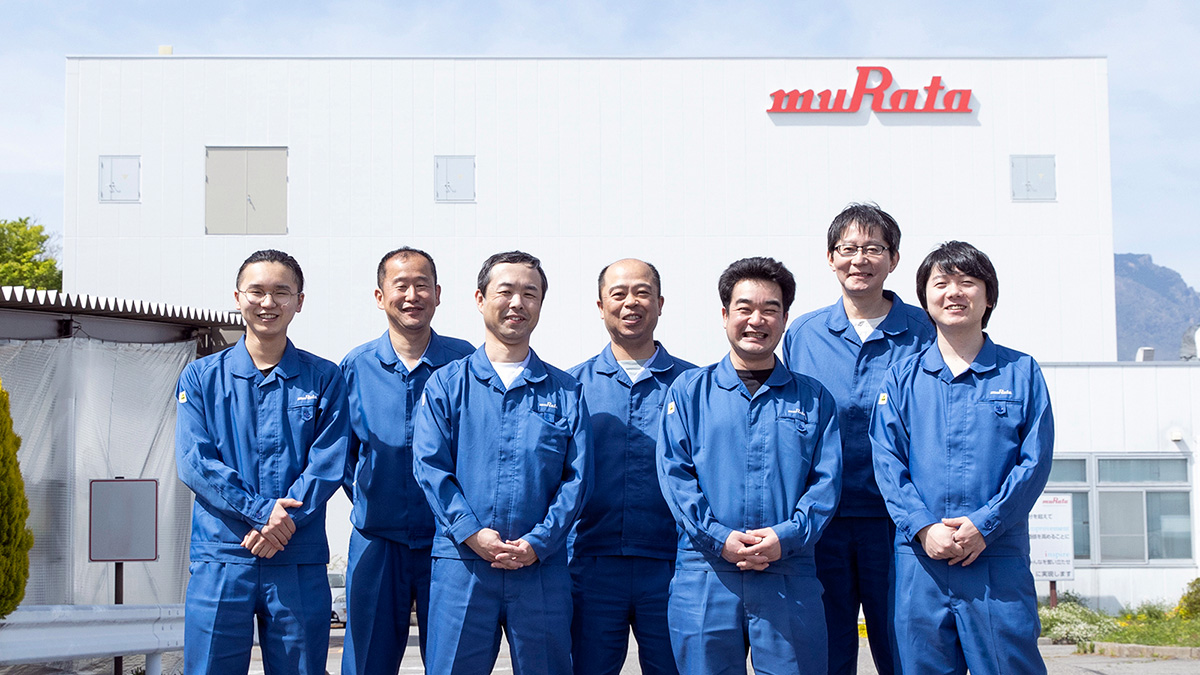
5. Awareness of improvement cannot be produced without a sense of the issues
Tsukada says it is important to have an environment where it is possible to repeat improvements while incorporating opinions from the manufacturing site and where it is possible to take on challenges without fear of failure in converting into a smart factory. On the other hand, he also mentions that there are some things that should not be forgotten as a basic premise.
Tsukada: "Since it is a factory in the manufacturing industry, the manufacturing site is central, as are the people who work there. I believe it is necessary to think like that as a base. In other words, our purpose is not the conversion of a regular factory into a smart factory or system architecture; rather it is simply to make the work of staff at the manufacturing site easier."
Iijima adds that shifting focus to the manufacturing site leads to producing a mindset to make improvements in both the DX Team and manufacturing site staff.
Iijima: "It may be difficult to produce an awareness to make improvements from scratch. Nevertheless, there are always some issues in the manufacturing site. If we absorb the sense of issues from the manufacturing site, we can use that as a starting point to delve into improvement measures. That's why I think it is important to stay in close communication with the manufacturing site and to ask about issues: 'Is there anything that’s on your mind?' 'Is there anything troubling you?'"
Tsukada: "The manufacturing site staff work every day like it is commonplace. The DX Team is required to have the ability to draw out and to get information about the issues that are found in that commonplace work. It does not matter if the system is incomplete at that time, because we will provide a system that can be used by those in the manufacturing site to draw out realizations and opinions. We devise improvement measures and accumulate data accordingly. That data eventually becomes a shared language, stimulating communication."
Okano says, "there is no correct way of converting a regular factory into a smart factory."
Okano: "Responding to the declining workforce, the accompanying increase in foreign workers and other challenges are common issues facing the entire manufacturing industry. On the other hand, it is not just that different products are handled depending on the company; workers, languages and the values of monozukuri also differ. Consequently, I don't think there is a correct process or form to converting a regular factory into a smart factory. Under such circumstances, the manufacturing site working with a sense of the issues is one ideal form. The side promoting the conversion of a factory into a smart factory should proactively listen to the manufacturing site to identify issues and to devise improvement measures together with the manufacturing site. That is maybe the most important key in converting a regular factory into a smart factory."
Related articles
- How to Fill the Gap in the Proficiency of Workers? Iwate Murata Manufacturing Edition (Part 2)
- How to Fill the Gap in the Proficiency of Workers? Iwate Murata Manufacturing Edition (Part 1)
- What Is the First Step to Converting a Regular Factory into a Smart Factory? Komoro Murata Manufacturing (Part 1)

